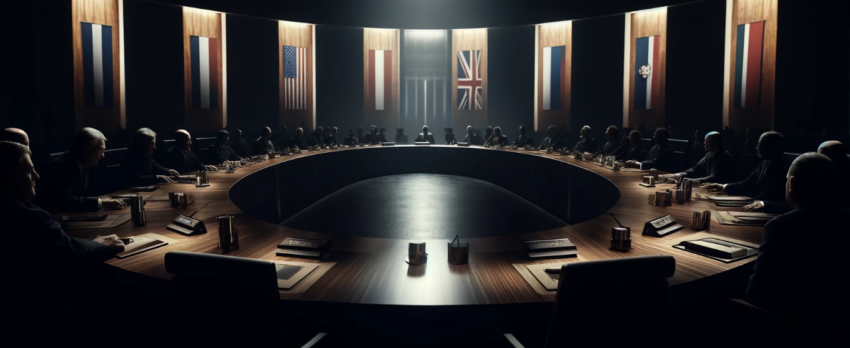| Listen to our audio presentation: Understanding the European Union: A Union of Diversity and Integration |
In a significant escalation of tensions, Russian President Vladimir Putin has ordered tactical nuclear weapon drills, casting these preparations as a response to perceived threats from Western nations, particularly remarks by French President Emmanuel Macron. The drills are aimed at testing the readiness of Russia’s non-strategic nuclear forces, which are primarily intended for battlefield use, in contrast to the strategic nuclear arsenal aimed at broader targets.
These military exercises are unfolding against the backdrop of Macron’s statements hinting at the potential involvement of Western troops in Ukraine if the conflict escalates further. Such comments have not only intensified the standoff between Russia and Western countries but have also led to heightened concerns over a potential nuclear confrontation. The Kremlin’s decision to proceed with these drills also comes at a time when the U.S. Senate has approved a significant aid package for Ukraine, and the UK has continued its support with military supplies, further straining relations.
Russian officials, including Kremlin spokesman Dmitry Peskov, have articulated that these actions by Western nations represent a new level of threat, necessitating extraordinary responses from Russia. Meanwhile, Western leaders, including the Pentagon’s press secretary, have criticized Russia’s move as irresponsible, urging a de-escalation of nuclear rhetoric.
This development marks a stark return to nuclear saber-rattling by Putin, who is poised to begin another term in office, extending his rule amidst ongoing international tensions. The global community remains on edge as these exercises introduce a grave dimension to the already fraught relations between Russia and NATO countries, underlining the severe risks of the current geopolitical climate.
The concept of “tactical” nuclear weapons, such as those Russia plans to drill with, refers to nuclear arms intended for use on the battlefield rather than for strategic, long-range targets. These weapons are designed to have a shorter range and lower yield than strategic nuclear warheads but are still significantly more powerful than conventional explosives. The use of such weapons in combat is considered a last-resort scenario and is heavily contested under international law due to the indiscriminate damage and long-term environmental consequences they can cause.

